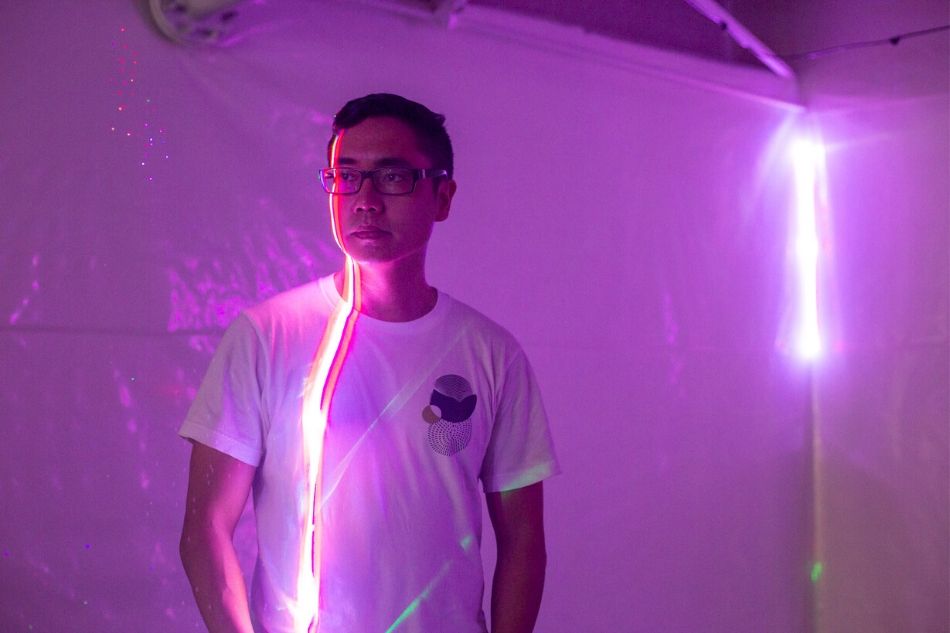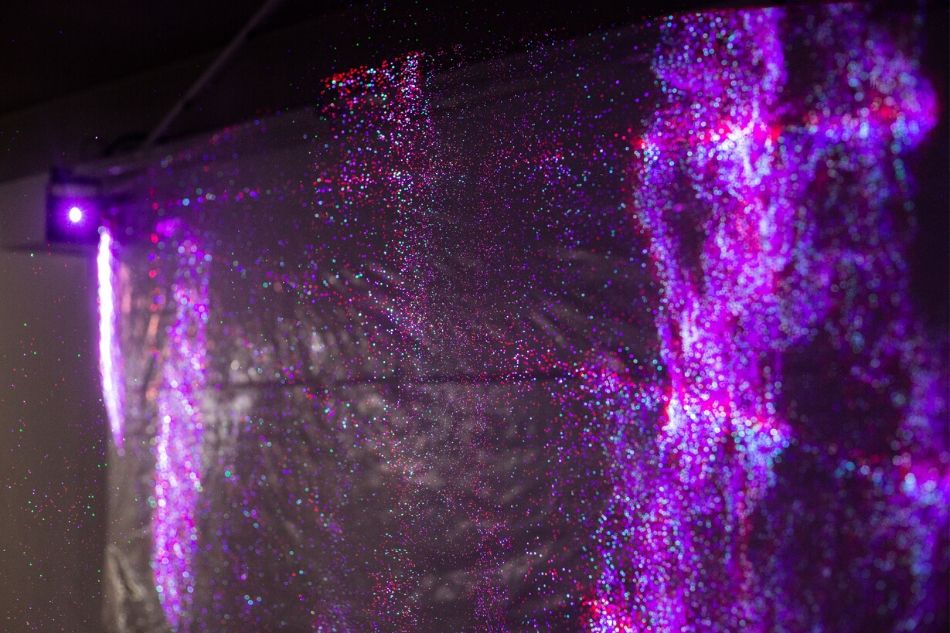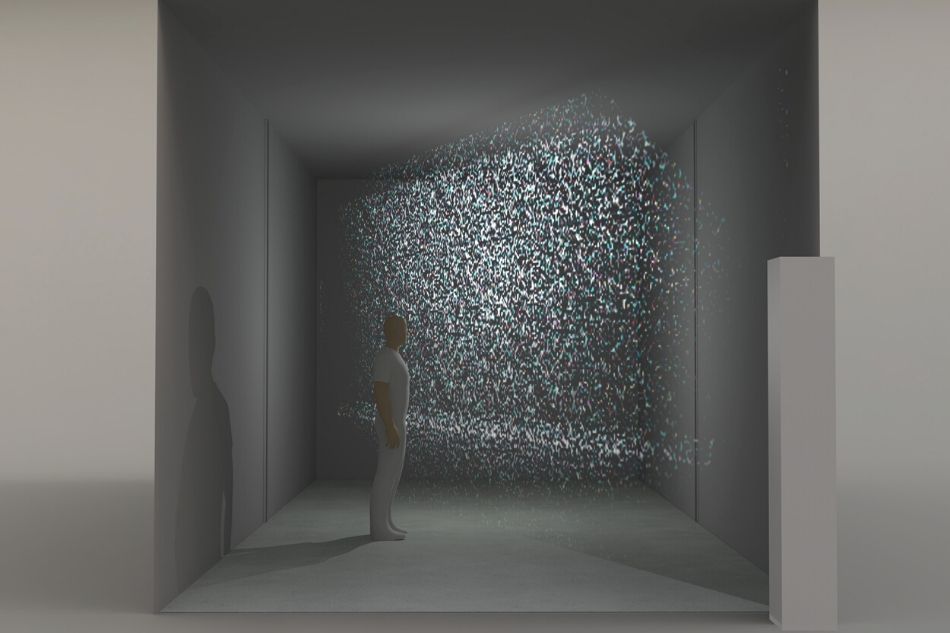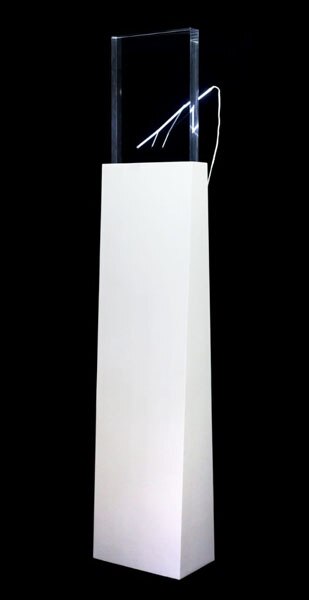Art is not art until light touches it. No color, shape, or texture can be perceived if it's shrouded in total darkness.
So making art out of light itself feels like hacking perception, which one could say is how James Clar goes about his practice. Ditching the paintbrush and easel, James Clar has been using light fixtures as his main medium and tool as early as 2006, in a continued, scholarly attempt to push what light is capable of conceptually.
You may also like:
- The artist Jellyfish Kisses has created a panic room for our times
- Overheard at ALT: A collection of quips from the opening night VIP crowd
- We have the details on ALT, the breakaway event happening a week ahead of Art Fair
- 10 of Manila’s top galleries break away from Art Fair Philippines
Clar initially studied Film and Animation at New York University, but saw potential beyond the confines of screens. “Film and television also have technical limitations in their mediums (They’re flat and two dimensional, runs at a certain framerate, projected rectangular, etc),” the Brooklyn-based Clar says over email.
Which is to say they’re effective communications systems, but typical, and are so constricted to the kind of lightwork we're used to when we pop into a cinema, or scroll through our phones aimlessly until twilight hours. "So I thought instead of using this specific light system, I could start to control light by creating my own systems. This allowed me to manipulate light spatially and physically, like sculpture."
This hands-on process of lightwork is a method Clar has used to great effect. Take for example “One Minute Dreamstate,” a work that resembles a large clock but is actually an installation of neon tubes that translate the artist’s brainwave activity during REM sleep. There’s also the esoteric “The World Never Ends,” Clar’s solo show at New York’s Jane Lombard Gallery, whose disorienting usage of new media technology forces its viewers to perceive life and death in new ways.
What you’ll find at this year’s Art Fair though hits quite close to home, actually: an interpretation of an assassination. "A Moment Defined By A Point And A Line (Benigno Aquino Jr.)” uses a light driven through an acrylic block to describe a detail often overlooked when we think of Ninoy’s murder: the mathematics behind the bullet. “It reduces a critical moment to minimal geometry,” as Clar succinctly puts it. And that matters. Angle and trajectory were what determined the course of human history, by killing Aquino in one shot.
"A Moment Defined By A Point And A Line (Benigno Aquino Jr.)” is a representation of violence that trades gratuity for subtlety, blood for glow, yes. Clar, who builds and designs many of his lighting systems from scratch, approaches an important historical event with the detail-orientedness of a watchmaker. And his art, like most great art, is an invitation for us to look up from mind-numbing screens.





